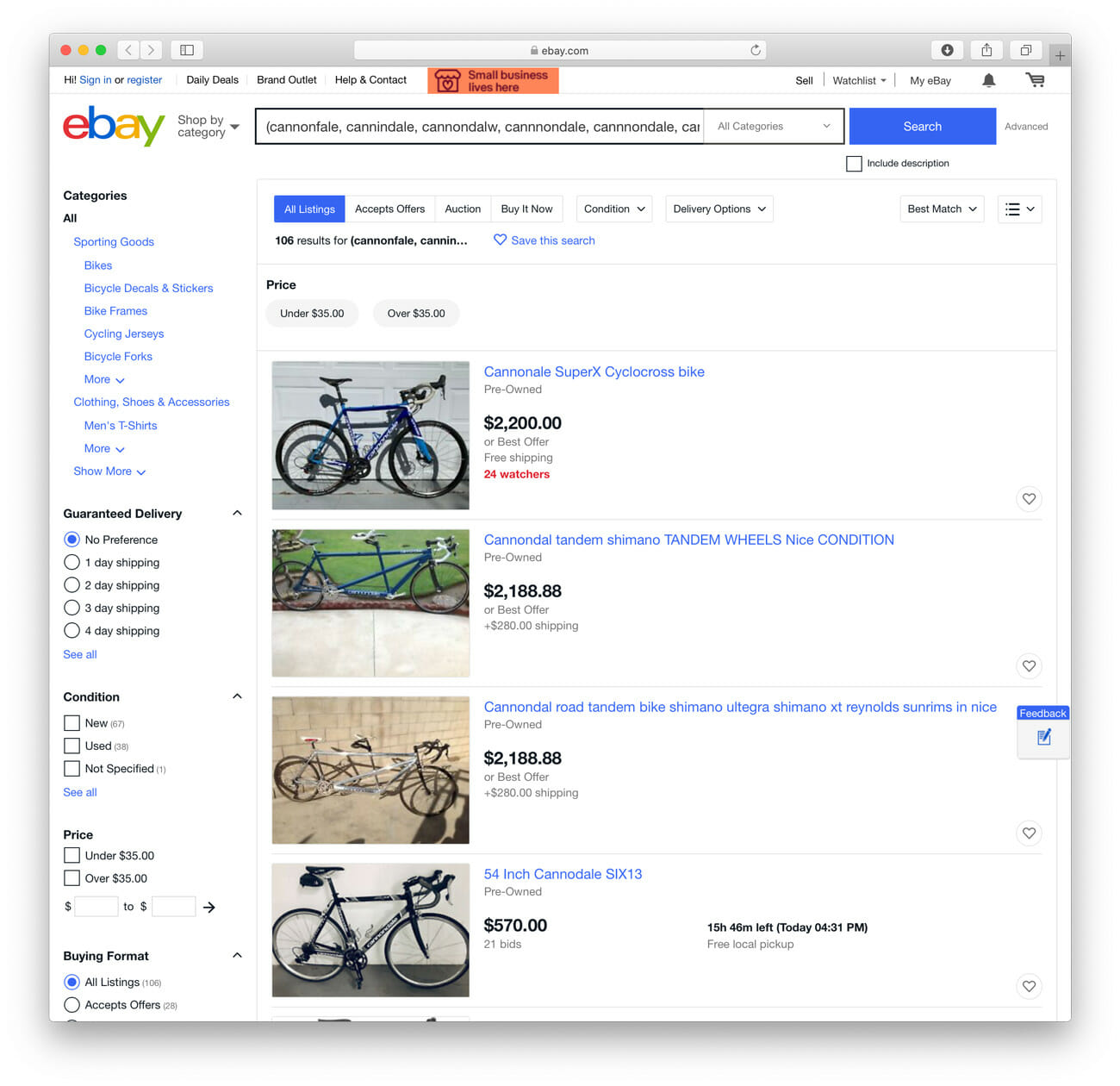T
ommy Kelly was on leave from working security in Libya when he received a call from fellow ex-Royal Marine Stephen Howarth. The two had served their home country of the United Kingdom in a battalion called the 45 Commandos — that’s “four-five,” not “forty-five” — an amphibious unit within the Royal Marines. The 45 were present at Normandy in 1943 during D-Day and fought in Iraq and Kuwait in the Gulf War during the early 1990s. Their training is both highly specialized and incredibly versatile, requiring soldiers to be prepared for combat in tropical environments, deserts and high mountains.
Kelly and Howarth got to know each other in the Arctic Circle; both specialize in extreme mountain warfare. But when Howarth reached out to Kelly, it wasn’t in regards to recent orders, it was to go mountain biking. It was 2012; Kelly had been out of the marines for roughly three years and Howarth was just beginning the tumultuous process of transitioning back to civilian life. “I thought I’d hook up with him and pick his brain about what to do after I left the Marines,” says Howarth. He explains that many, like Kelly, move into security, while others might seek out positions in leadership consulting or business management. None appealed to Howarth.
He looked instead to what came naturally: skiing, mountains, Arctic survival. Then he approached Kelly. “‘Do you fancy starting a company,’” he asked, to which Kelly responded, “‘Yep.’” Soon after, Jöttnar was born. From a lofty vantage, Jöttnar is young, but it’s already seen success with its small line of highly-technical outerwear pieces, an outcome due in no small part to Howarth and Kelly’s combined military experience and time spent in the harshest terrain on the planet. We recently caught up with Howarth to ask about where the inspiration for Jöttnar came from, and how his and Kelly’s experience in the Royal Marines influences the brand today.
Q:
How long did you serve in the Royal Marines?
A:
I joined the marines in 1990 and Tommy joined about ten years later. I spent a total of 21 years there; Tommy spent about 12. We both served all over the world — the War on Terror in Iraq and Afghanistan, and anywhere else you can think of. I did a lot of time in the States, training with the US Marines. One of the remits the Royal Marines hold on behalf of the UK Ministry of Defense is the Arctic, extreme cold weather and mountain warfare specialization. Within that specialization there are further deeper specializations such as Mountain Leaders, which are sort of reconnaissance-orientated military versions of professional mountain guides. Tommy was a Mountain Leader. I was a slightly lesser being, an Arctic warfare instructor.
Q:
Did you and Kelly meet while serving?
A:
Yeah, we met in the 45 Commandos. Tommy was the reconnaissance troop officer in that unit and I was the camp lead commander. What that means is he was in charge of about 30 reconnaissance specialists within that subunit and I was in charge of about 115 burned-door kickers, people who smash stuff up. We spent three and a half months cheek by jowl, side-by-side, in each others pockets in arctic Norway, that’s how we really go to know each other.
Q:
Was there a specific experience that brought you two together?
A:
There is a specific night of horror which we talk about. This occurred on a Norwegian mountain plateau about an hour north of Tromsø, which is well within the Arctic Circle. I had to do a night move on skis with my company. Essentially that’s taking 115 men in small teams across a significant distance in one cycle of darkness, and they’re carrying a lot of weight. It was probably about 80 pounds of weight on their backs plus another 20 or 30 pounds of weapons and ammunitions on their body, and they’re on skis.
That night was a particularly brutal night, it was about -21 [degrees Celsius] still air, which is not necessarily a huge problem, but you put the wind chill on top of that and we were down into the low -40 degrees Celsius temperature bracket. By the time we finished I had six casualties with cold weather injuries, frostbite. Tommy had none; I guess he was lucky. That resulted in a formal board of inquiry against me. I was exonerated by the inquiry — there was no problem with my judgement or decision making — but there was a problem with the kit. And I had always known there was a problem with the military supply kit, I never thought it served the purpose, and a lot of the guys substituted their own civilian kit based on their level of experience with that military kit. And it was the guys in the military kit that were injured with frostbite.
Getting frostbite in the marines is regarded as a very serious issue because it effectively makes you a noncombatant and if it’s not treated it can worsen. Hence why you have these rather serious sounding boards of inquiry when it happens because people get sent back to the UK if they get it. And it’s also regarded as professional failure in the marines; in other words, you can’t look after yourself professionally in those conditions. I thought that was all rather unfair. Those particular conditions placed demands on the issued kit and I also had my professional credibility questioned. That’s the prominent bonding experience, and it was often referred to when we started discussing the business.
Q:
How did that experience provide insight when you and Tommy Kelly decided to start Jöttnar?
A:
All this meant was really that Tommy and I had a really good understanding of extreme cold weather survival and mountaineering and skiing, which were passions of ours outside of our military careers. When it came time to form Jöttnar, that’s what gave us the grounding and the insight into what was required of outdoor clothing.
In terms of assessing the market today, you end up with companies who still make some good gear but they’re also at the same time turning out laptop bags and other things. It’s our intention that you can probably only be one or the other in terms of your proper focus. We understand completely the demands of driving your top-line revenue, growth and so on, but that’s not our concern. We’re completely focused on this, we’re not making tightropes and laptop bags, we’re just making serious gear for serious users, climbing, skiing and adventure. And it’s based on a combined almost 35 years of outdoor experience from the founders. And indeed it’s the founders who are designing this stuff and testing it; it’s not some MA design graduate who has never seen the side of a mountain apart from the photograph in the design studio.
We knew how this clothing should perform and we knew how clothing out there wasn’t performing. But we didn’t know how to produce a technical pack for a designer, didn’t know how to find a factory, didn’t know how to run a business. When you’re in the Marines, you move jobs every two years, you just rotate from job to job. There’s all sorts of functional areas whether it’s operations or training or personnel management. What you have to do in that situation is just very rapidly gain contextual awareness in that place and start decision making. And I thought, this can’t be as hard as some of the jobs I’d had in the marines, which were incredibly complex and risky and demanding.


Q:
How else has your military background contributed to the development of Jöttnar?
A:
There’s probably more about our military experience that influences the way we run the company and then in turn, the way the design discipline is maintained. The way the military is supposed to run, of course, is on quite tight lines. Thinking outside the box is encouraged, especially in the Marines, which is different from the Army, but the operational mechanics are quite tightly run in order to deliver things on time and in the correct manner and place and so on.
We like to run the company in that way as well. What that has allowed us to do is to really embrace this idea of design discipline. We look at companies such as Apple, for example, and I’m not comparing Jöttnar to Apple, the Apple approach is everything you need and nothing you don’t. I don’t want this to sound cynical, but when we look at the outdoor industry and some of the clothing it produces, it has what we would consider to be superfluous elements to it that are really there for marketing purposes. To us they confuse the nature of that particular garment — we regard garment as a tool — in its most effective incarnation you have to have discipline to weed out the unnecessary elements that other people might pile onto it.
Q:
How do you approach the design of a new product?
A:
The first thing we have to do is identify a credible need within an outdoor pursuit for that product. There’s no point in making something for the sake of it. Hopefully, that credible user need, what we would call in the Marines a “user operation requirement,” also times the market appetite for it. You have to be realistic about these things. Once the need is identified we’ll look across the market at what other companies are doing to satisfy their interpretation of that need — look at what’s good and what’s bad — and combine that with our own experience and literally start to sketch out with a bit of paper and a pencil what’s required.
Samples are tested by me and Tommy, but more importantly at this stage, they’re tested by our pro team. They then come back with their feedback, which can be quite critical, and we recycle again. Usually, by the third prototype we get near and by the fifth, we’ve probably nailed what we want. And then you have to assess whether it’s commercially feasible. It’s very much founder-driven from the outset.
Q:
Being from the UK, what drew you to use Scandinavia as the branding for Jöttnar?
A:
There was sort of an obvious cue there to name it in homage to Scandinavia. I’ve spent so much of my life in the Arctic Circle, as has Tommy, and we’re big fans of it and Scandinavia as a whole. Particularly Norway, which is a bit rustic. The other thing — I suppose it’s almost cliche now — is the cleanliness of the Scandinavian design approach, which speaks to that necessity to streamline our designs. That little package made a nice little nod to Scandinavia with our branding.
Q:
Do you have a favorite Jöttnar product?
A:
Our Vanir LT hardshell pants. They were a nightmare to design and they’re in their fourth iteration now. To arm it with all the technical features without betraying your design discipline and principles has been immensely challenging. You make one design that’s hidden, and it waters down or completely obliterates the initial design decision. We’re not designing SpaceX vehicles here, but it’s still surprisingly challenging to do something like that.
For Tommy it’s the Bergelmir Jacket, which we worked on for a long time. It represents the streamlining of design, it has pretty much everything that you need and nothing that you don’t. It probably makes up about 40 percent of our revenue, it’s a very popular jacket.
These long-lasting items are built to be used and abused by the military while continuing to perform in extreme conditions — and they’re also available to you. Read the Story





